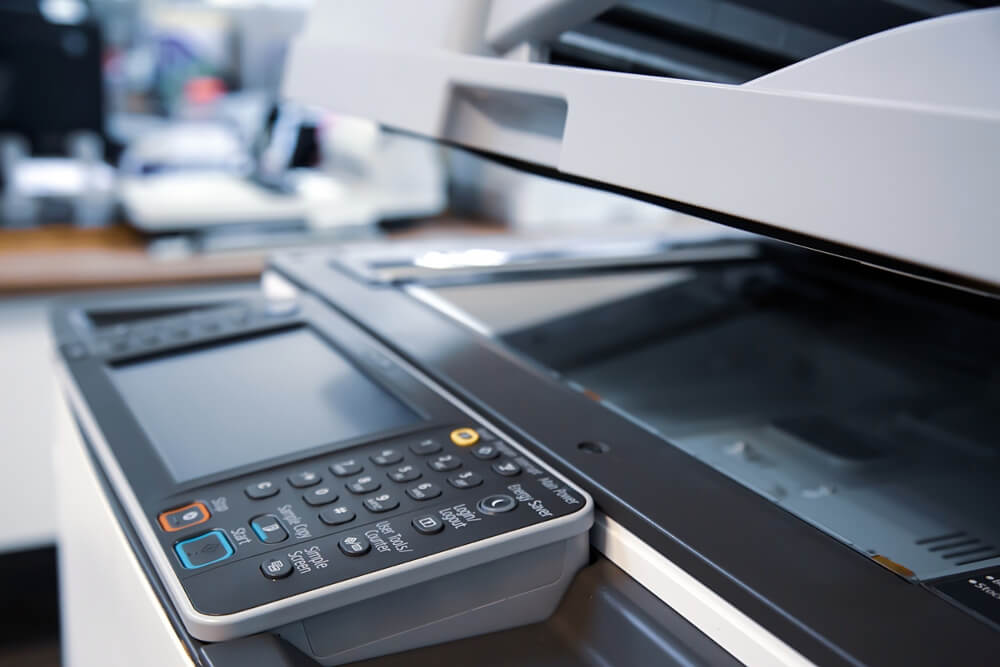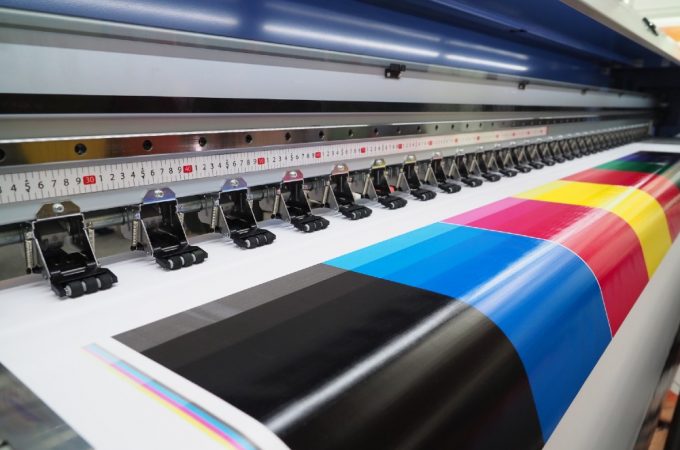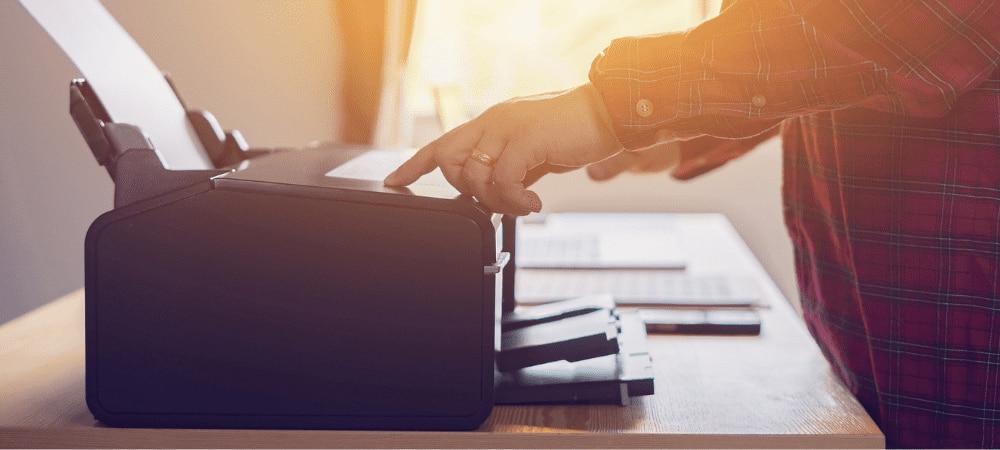Deciding whether to buy or lease a business printer depends on your company’s financial situation and printing needs. Leasing can ease upfront costs while buying can be cost-effective in the long run.
Opting for the best printer arrangement is crucial for operational efficiency and cost management in any business. A pivotal business decision, selecting between buying and leasing a printer, hinges on assessing your company’s cash flow, print volume, and technology requirements.
With advancements rapidly transforming office equipment, leasing offers the adaptability to upgrade to the latest models, keeping your business at the forefront of technology without hefty investments. On the flip side, purchasing a printer outright often translates to lower total expenditure over time, especially for organizations with stable printing demands. This introduction caters to organizations looking to streamline their decision-making process, aligning with their strategic financial planning and operational dynamics.
Deciphering The Lease Vs. Buy Dilemma
Choosing between leasing or buying a business printer hinges on upfront costs. Buying requires a hefty initial investment, which can strain small business budgets. Conversely, leasing often involves little to no initial payment, greatly reducing immediate financial pressure.
| Lease | Buy |
|---|---|
| Low upfront cost | High upfront cost |
| Regular monthly fees | One-time payment |
| Potential for upgrades | Long-term ownership |
Long-term finances also differ greatly between the two. Leasing may lead to higher overall expense due to continuous payments. Owning a printer outright eliminates ongoing costs, potentially leading to greater savings over time. Each option must be weighed for its impact on your business’s finances.
Unpacking The Anatomy Of A Printer Lease
Understanding the details of a printer lease is crucial for businesses. The lease structure often includes the lease term, monthly payments, and end-of-lease options. These terms define the commitment and ongoing costs.
Leases can have hidden expenses, such as service fees or overage charges. Businesses should scrutinize maintenance and supply costs in the contract. Each charge adds to the overall expense.
| Lease Aspect | Consideration |
|---|---|
| Term Length | Short or long-term agreement options |
| Monthly Payment | Cost breakdown and total due |
| Hidden Fees | Extra charges outside of regular payments |
| Service & Maintenance | Regular upkeep and emergency repair costs |
Advantages Of Leasing Your Business Printer
Leasing a business printer has noticeable advantages. Keeping tech updated is simple with a lease. You swap old models for new ones without fuss. You don’t buy new printers all the time.
Support and maintenance come easier with lease agreements. No extra costs for repairs or tech help are assured. Leases often include regular maintenance, keeping printers in top shape.
| Leasing Benefits | Description |
|---|---|
| Technology Upgrades | Easily switch to advanced models |
| Maintenance Included | Get no-cost repairs and support |

Credit: www.fbponline.com
Benefits Of Buying Your Business Printer
Total ownership and control await if you decide to purchase your business printer. This choice means no more monthly lease payments. You decide on the maintenance schedule, upgrades, and usage. Ownership also allows for customizing the printer to your specific needs without restrictions.
With ownership, cost savings over time become apparent. The initial investment may seem high, but over the years, the cost-per-use drops significantly. Since you’re not paying lease fees, the printer becomes a more valuable asset to your company. Plus, you might qualify for tax deductions on the purchase of business equipment. Long-term savings can be significant when compared to the leasing option.
Making The Call: Factors To Consider
Assessing your business printing needs is crucial before deciding on a printer. Businesses must evaluate print volume, type of materials printed, and print quality required. High print volumes may warrant a dedicated printer, while occasional printing suggests leasing could be more cost-effective.
Weighing flexibility vs. stability involves examining your business’s growth and needs. A lease offers upgrades to newer models and lower upfront costs. Yet buying a printer provides long-term stability without concerns over contract terms. Consider both the short-term and long-term implications carefully to make the best decision for your business.

Credit: imagingspectrum.com
Crunching The Numbers: Cost-benefit Analysis
Buying a business printer often involves a higher upfront cost. Yet, long-term usage reduces its impact on budgets. Printers can last for years, but they do lose value. This is called depreciation. A costly printer today might be worth much less in five years.
Leasing a printer changes the expenses. Businesses pay a monthly fee. This fee includes maintenance and upgrades. Over time, the total paid may exceed the printer’s purchase price. Yet, there is no worry about the printer losing value.
| Purchase | Lease |
|---|---|
| High initial cost | Regular monthly fees |
| Value decreases over time | No depreciation concerns |
| Long-term savings potential | Includes maintenance |
Navigating The Tax Implications
Businesses often face a critical decision regarding their printing needs: to buy or lease. Leasing a business printer can offer notable tax benefits. Companies typically deduct lease payments as a business expense during tax time, potentially lowering taxable income.
On the other hand, buying a printer provides the opportunity for a depreciation write-off. This means that the cost of the printer can be spread across its useful life, with a portion of the cost deducted each year. This can also reduce taxable income, but in a different way than leasing.
| Option | Tax Implication |
|---|---|
| Leasing | Deduct full lease payments annually |
| Purchasing | Depreciation write-off over time |
Both options have their unique advantages. Understanding these can inform the best financial choice for a business.
Seeking Professional Guidance
Consulting a financial advisor offers valuable perspectives on the costs of buying versus leasing a printer. They can calculate short-term and long-term financial impacts. Your cash flow, tax situation, and financial goals matter in this decision. Splitting the decision into manageable factors simplifies the process. Find an advisor knowledgeable in business equipment financing.
On the other hand, IT professionals provide insights on technology. They understand printers’ lifespan and performance. This knowledge affects cost-efficiency and productivity. Their expertise helps predict future needs and avoid technological obsolescence. Hence, they suggest whether to buy or lease based on technical requirements and upgrades.
Real-world Insights: Case Studies
Leasing a business printer has proved advantageous for many companies. Small businesses, especially, benefit from the lower upfront costs and flexibility leasing offers. A bakery in Ohio credit their leasing decision for their smooth financial planning. Without the burden of a big purchase, they allocated funds to marketing.
Printer ownership has its champions too. A tech startup in Austin owns their printer. This enables long-term savings and the ability to sell the equipment later. Their upfront investment led to lower costs over years.
| Leasing Pros | Ownership Pros |
|---|---|
| Lower initial costs | Potential long-term savings |
| Financial flexibility | Asset for future sale |
| Plan stability for operations | Investment in company assets |

Credit: www.hp.com
Conclusion: Tailoring The Decision To Your Business
Buying or leasing a business printer is a significant decision. It hinges on your company’s specific needs and financial situation. Reflect upon your business values and long-term goals before choosing.
Leasing offers flexibility and ensures access to the latest technology. It is a choice if upfront costs are a concern. Buying can be cost-effective for a stable, long-term investment. It suits businesses with consistent printing demands.
To move forward, evaluate your print volume, budget constraints, and tech advancement rate. These factors will guide you to the right choice. Seek advice from financial and tech experts. They help you understand the total cost of ownership and maintenance for printers. Consider environmental impacts of your decision too.
Conclusion
Deciding between purchasing or leasing a business printer hinges on your company’s specific needs and financial stance. Analyze your budget, printing volume, and tech requirements. Remember, buying could be an investment, while leasing offers flexibility. Weigh these factors to ensure your choice bolsters productivity and cost-efficiency for your enterprise.

